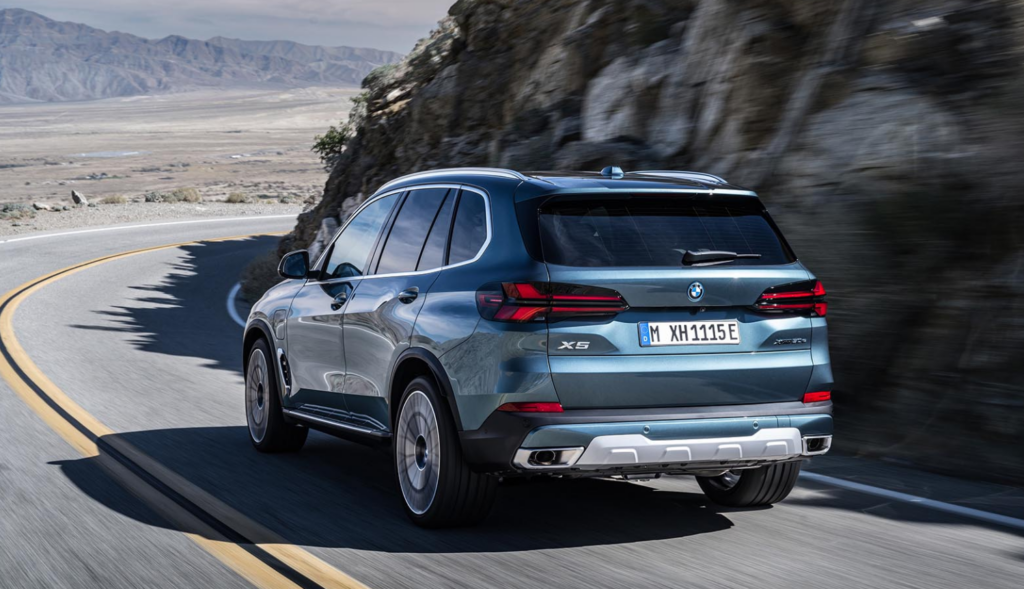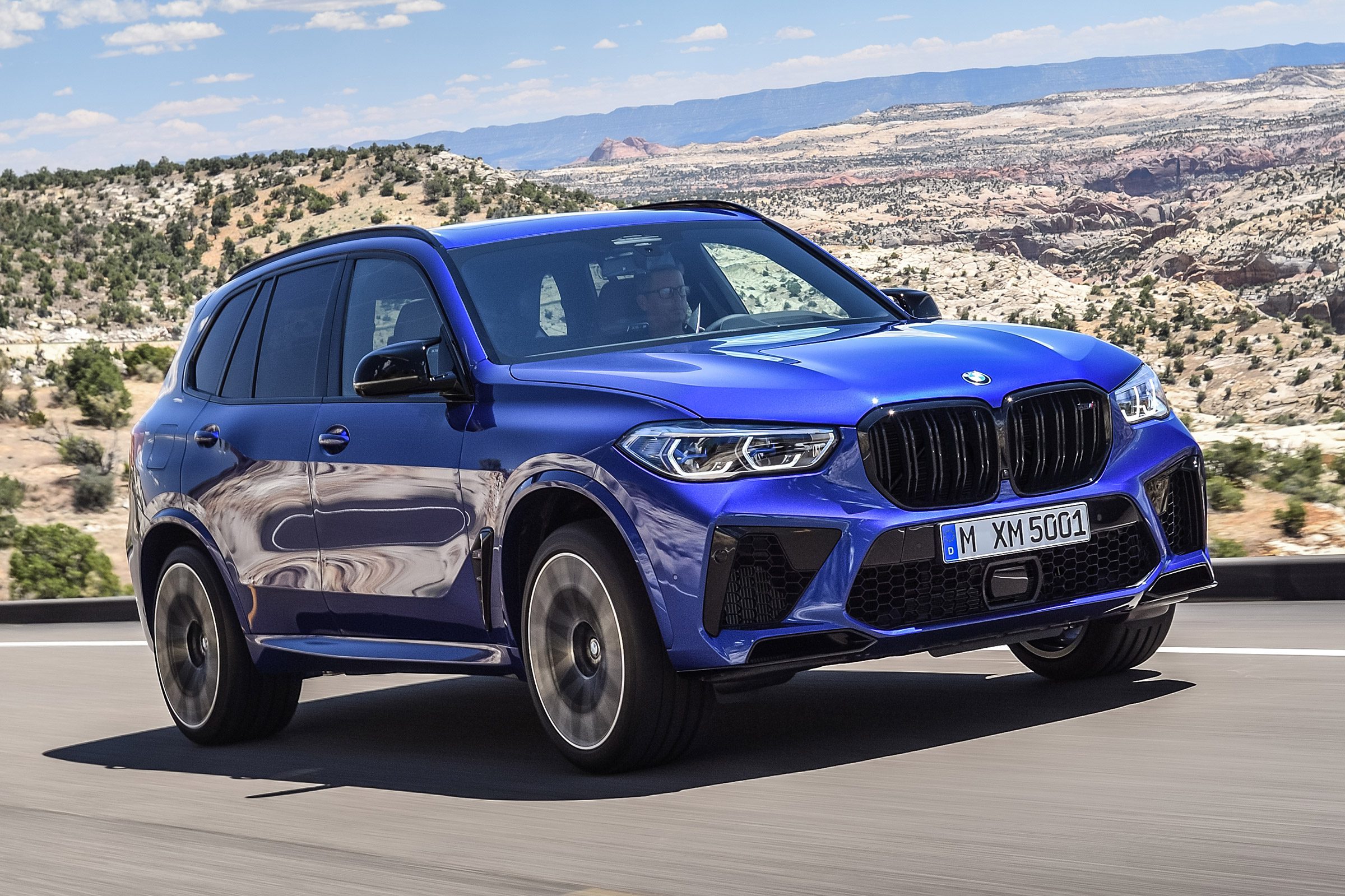
Unraveling the Weight of Power: A Deep Dive into the 2025 BMW X5
The BMW X5, a mainstay in the luxury SUV segment, is known for its powerful engines, sophisticated technology, and commanding presence on the road. As we approach 2025, anticipation is high for the next generation of this iconic vehicle. While official specifications are yet to be released, we can delve into the factors that influence the 2025 X5’s weight and explore what it might mean for performance, fuel efficiency, and driving dynamics.
The Balancing Act: Weight and Performance
Weight is a crucial factor in any vehicle’s performance. It directly affects acceleration, braking, handling, and fuel efficiency. A lighter car generally translates to quicker acceleration, sharper handling, and better fuel economy. However, the story is not always so simple. The 2025 X5, with its focus on luxury and technology, will likely face a delicate balancing act between weight reduction and maintaining its premium features.
Factors Influencing the 2025 X5’s Weight
Several factors will contribute to the 2025 X5’s overall weight:
- Platform and Construction: The 2025 X5 will likely utilize BMW’s CLAR (Cluster Architecture) platform, which is known for its lightweight construction using high-strength steel and aluminum. This platform has already been instrumental in reducing weight in other BMW models, suggesting potential for weight optimization in the X5.
- Engine and Drivetrain: The engine options for the 2025 X5 are still shrouded in mystery. However, we can expect a range of powerful gasoline and diesel engines, potentially including hybrid and plug-in hybrid variants. The choice of engine and drivetrain will play a significant role in the vehicle’s overall weight.
- Technology and Features: The 2025 X5 is likely to be packed with advanced technology, including driver-assistance systems, infotainment features, and connectivity options. These features, while enhancing the driving experience, can contribute to increased weight.
- Safety Equipment: Safety is paramount in modern vehicles, and the 2025 X5 will undoubtedly be equipped with a comprehensive suite of safety features. These features, including airbags, collision avoidance systems, and lane-keeping assist, can add weight to the vehicle.
- Interior Design and Materials: The 2025 X5 is expected to continue its tradition of luxurious interiors with high-quality materials. While this elevates the driving experience, it can also add weight to the vehicle.
Weight Reduction Strategies: A Balancing Act
BMW has a proven track record of implementing weight reduction strategies in its vehicles. Here are some potential approaches they might adopt for the 2025 X5:
- Lightweight Materials: Extensive use of lightweight materials like aluminum, carbon fiber, and high-strength steel can help offset the weight of technology and features.
- Optimized Design: Streamlined design elements, including aerodynamically efficient bodywork and reduced drag coefficients, can contribute to improved fuel efficiency and potentially reduce weight.
- Downsizing Engines: Introducing smaller, more efficient engines without compromising performance can help reduce weight and enhance fuel economy.
- Hybrid and Electric Powertrains: Electrification, through hybrid and plug-in hybrid options, can potentially reduce weight by eliminating the need for large, heavy combustion engines.
- Weight Optimization of Components: Careful engineering and material selection can help minimize the weight of individual components, like wheels, seats, and suspension systems.
The Impact of Weight on Performance
The weight of the 2025 X5 will have a direct impact on its performance:
- Acceleration: A lighter vehicle will accelerate faster, achieving a quicker 0-60 mph time. This is particularly important for a performance-oriented SUV like the X5.
- Handling: Reduced weight enhances the vehicle’s handling characteristics, making it more agile and responsive to driver input. This is crucial for providing a more engaging and enjoyable driving experience.
- Braking: A lighter vehicle requires less stopping power, leading to shorter braking distances and improved safety.
- Fuel Efficiency: A lighter vehicle generally consumes less fuel, contributing to improved fuel economy and lower emissions.
The Importance of Balance
While weight reduction is crucial for performance and fuel efficiency, the 2025 X5 must also maintain its luxurious features and safety standards. BMW will need to strike a delicate balance between weight optimization and maintaining the vehicle’s premium attributes.
Potential Weight Range for the 2025 X5
Based on previous generations and industry trends, the 2025 X5 could potentially weigh between 4,500 and 5,000 lbs. This range is subject to change based on the final engine choices, technology, and design features.
Conclusion: A Look into the Future
The weight of the 2025 BMW X5 is a complex issue influenced by a multitude of factors. While weight reduction is essential for performance and fuel efficiency, BMW must also ensure that the X5 retains its signature luxury and safety features. The final weight of the vehicle will be a testament to BMW’s engineering prowess and its commitment to balancing performance, luxury, and technology. As we eagerly await the official release of the 2025 X5, we can anticipate a vehicle that pushes the boundaries of what an SUV can be, offering a compelling blend of power, efficiency, and technological advancement.







